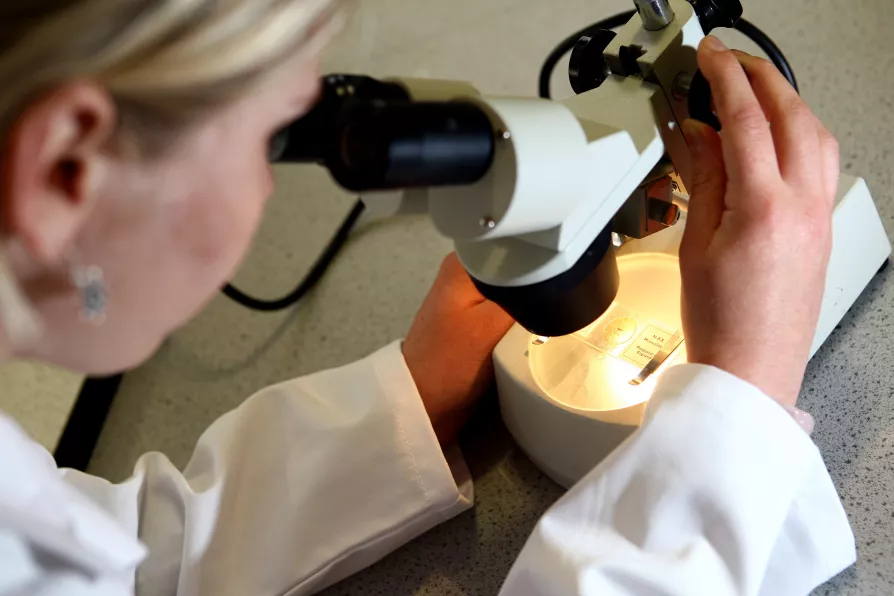Labour’s persistent failure to address its electorate’s salient concerns is behind the protest vote, asserts DIANE ABBOTT

 A woman looking at matter under a microscope, as irregular sleep patterns may be linked to harmful bacteria in your gut, new research suggests
A woman looking at matter under a microscope, as irregular sleep patterns may be linked to harmful bacteria in your gut, new research suggests
MOST people will primarily associate protein with its role as a major food group. But at a cellular level, there are millions of possible proteins: they are large, complex molecules that play crucial roles in biochemical processes.
A single protein molecule is made up of amino acids linked together in a long chain. The precise order of these amino acids is specified by the exact sequence of DNA in its corresponding gene.
Although the double helix structure of DNA was known in 1953, it remained a mystery for the rest of the decade how the sequence of a gene contains the “information” needed to transform the four chemicals given the shorthand A, T, C, and G into a protein.

New research into mutations in sperm helps us better understand why they occur, while debunking a few myths in the process, write ROX MIDDLETON, LIAM SHAW and MIRIAM GAUNTLETT













